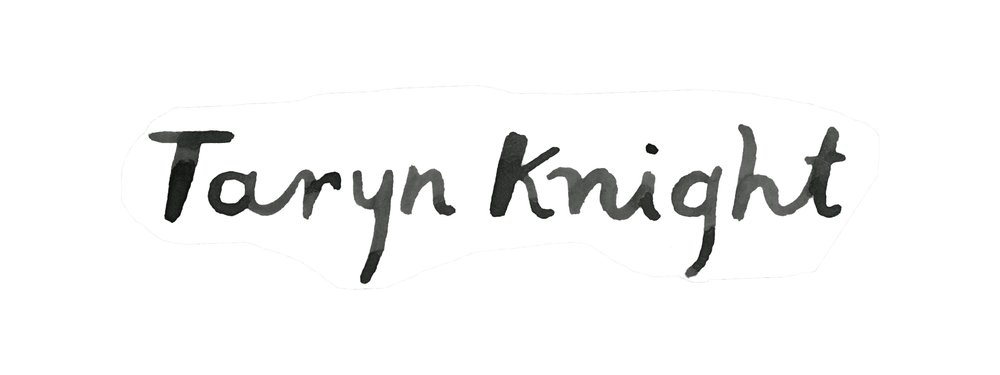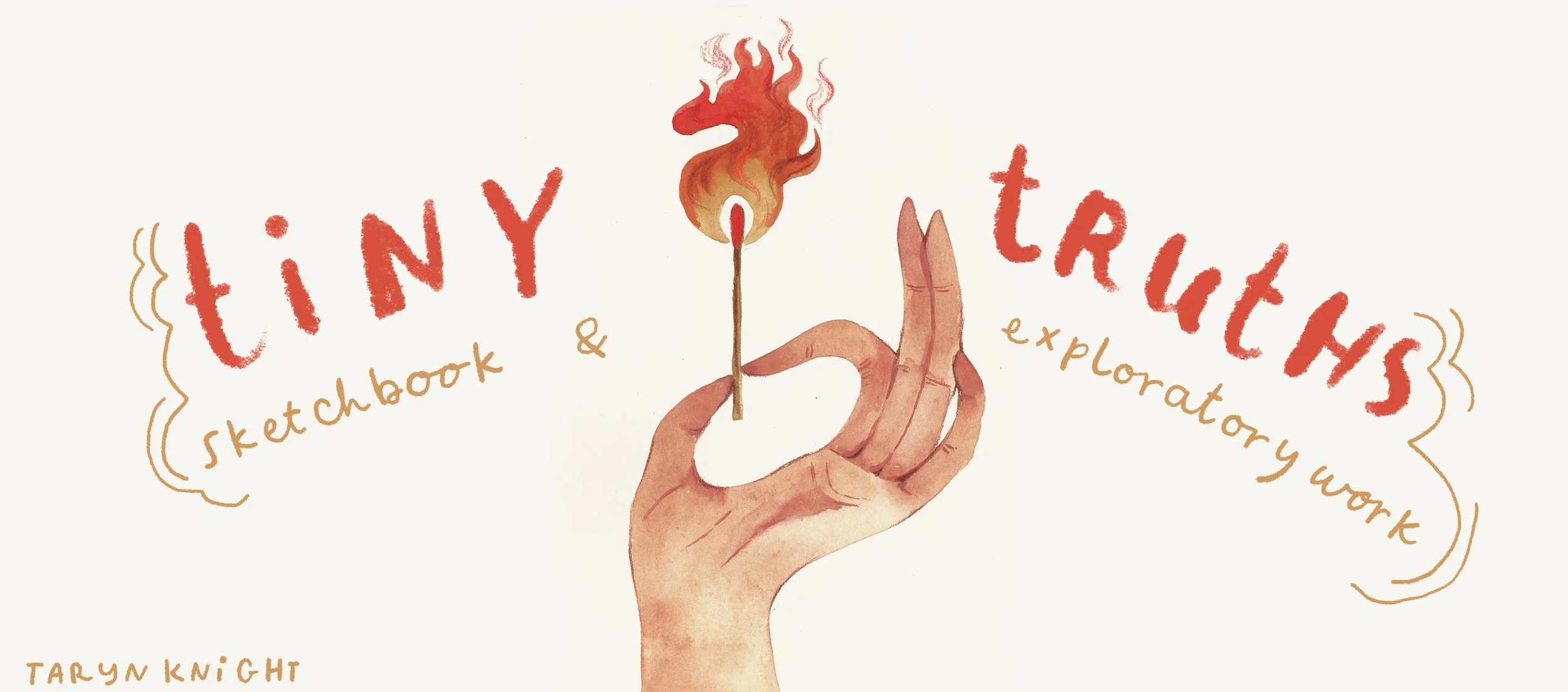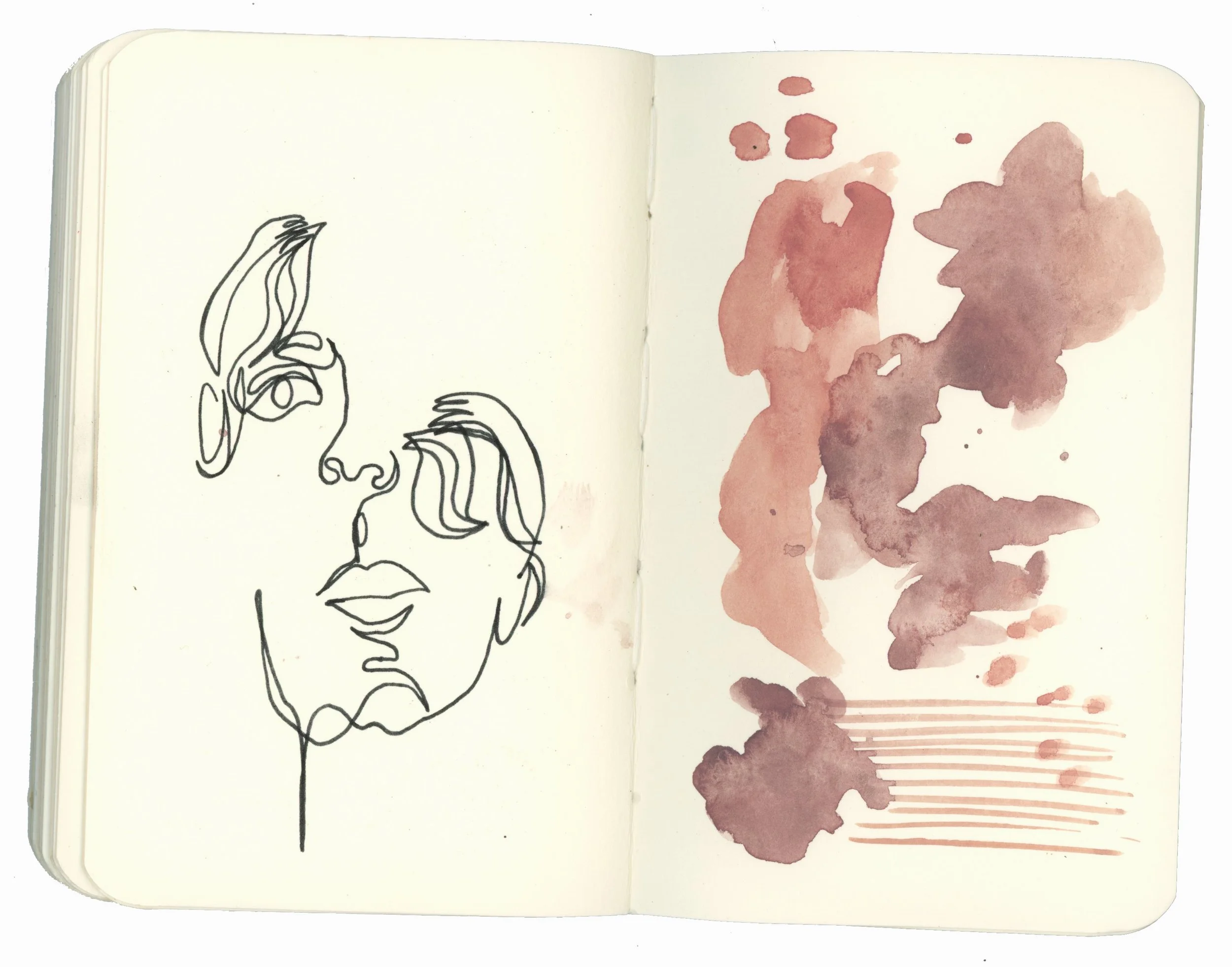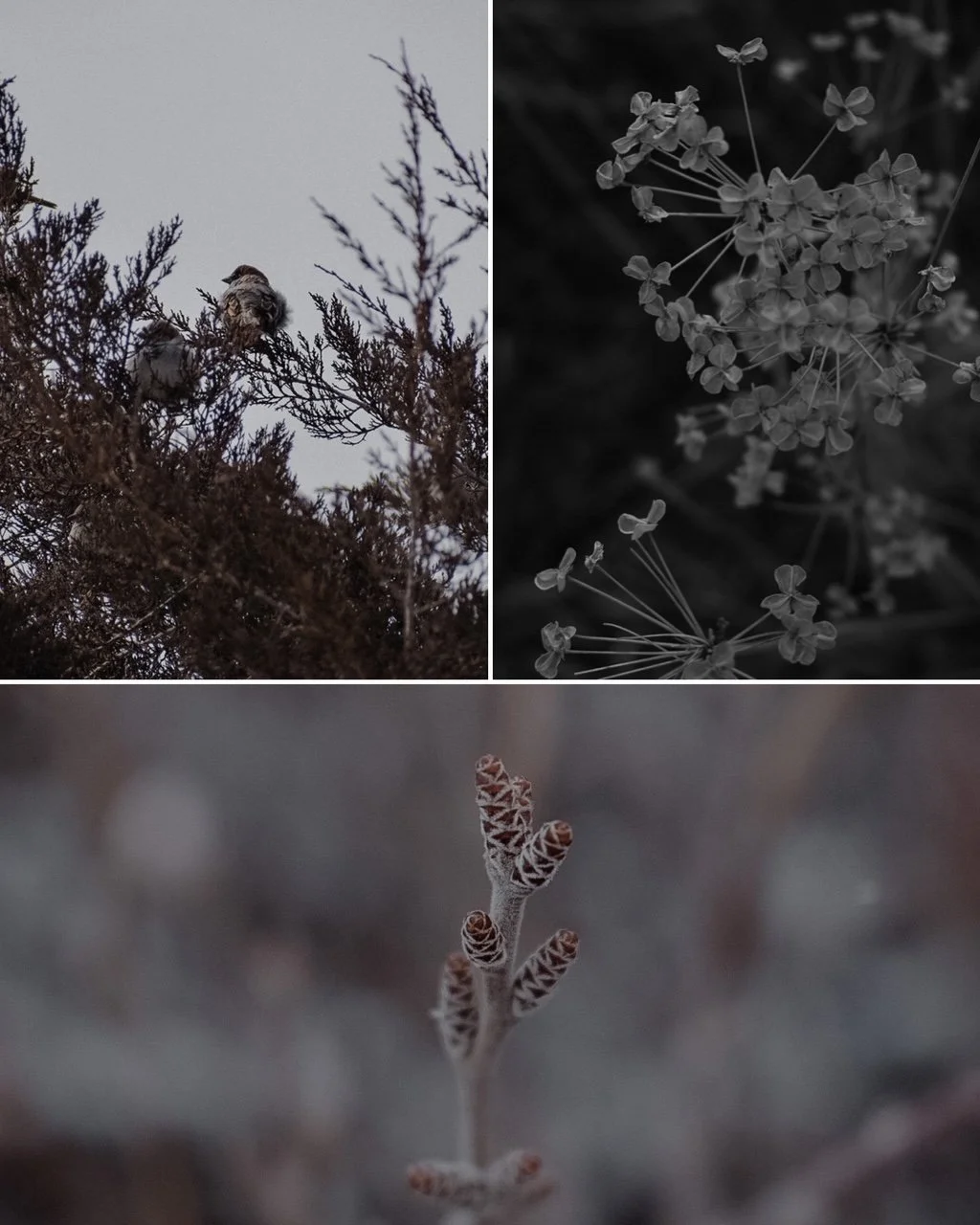Oh hello, March. Hello dear friends. I hope you’re doing okay and maybe enjoying some warmer days leading up to spring! I always love this transitional period between seasons, the subtle changes every day as a new green world begins waking up and stretching their limbs above the brown earth. It had been a very temperate winter here up until a couple weeks ago when it was just so cold to the point that it wasn’t safe to be outside for long. As much as I do enjoy snow and winter, I’m ready for warmer days in both mind and body.
This month, I want to talk a bit about the simple sketchbook. It’s a luxury I often neglect to take advantage of, especially when there can be so much outside pressure on social media to only make “good”, “share-worthy” art. A blank sketchbook, in all of its wild possibility, can still be an object of fear and apprehension.
In the past several weeks, I’d rarely been able to work on personal art except in rather short bursts. I put so much pressure on myself to “hurry up and create something detailed and polished!!” within that small time slot that I panic and end up getting nowhere at all—thinking about making instead of actually making. Suddenly it seemed to click that this is where motivation and creativity often seem to fizzle out for me.
Respect your work
And I don’t mean in a “push yourself and take everything you create super seriously!!!” way, on the contrary: I’m talking about giving respect to yourself and your needs as a creative. I’m talking about seeing the value in creating work that isn’t necessarily for something in particular other than your own benefit and enjoyment. For some of us it can be difficult to take our work and creative needs seriously because “oh, it’s not client work” or “it’s not paid work for anything in particular”. Over the past few months—longer, even—I didn’t draw in my sketchbook at all without some form of intent to either make it “nice enough” to post or potentially sell. When I did finally sit myself down and simply start drawing with no intention or end goal, it was a struggle to honor that time taken for myself without my mind being elsewhere, thinking about things I ought to be doing instead or whether or not I’m wasting time. It was also frightening, the freedom of of it was so intimidating that I began to get caught in the tide of overthinking. Those thoughts pull you out of the process and leave you feeling unfulfilled and worn out regardless of whether you managed to draw much or not. But by sitting with these feelings and getting to know them, I think I uncovered a tiny truth: It takes practice to draw freely.
It sounds a bit silly, doesn’t it? For some of us, drawing for pleasure and without any roadmap isn’t as easy as it used to be when we were kids. Just like any of our artistic skills, they can become rusty when not in use for long periods. Like a muscle that needs to be exercised, getting stronger and easier bit by bit.
When the blank page scares you
It’s so easy that freeze up and get stuck in your head. If you can create momentum, it warms up those creative muscles and gets that flow going—I usually neglect to do “warm-up sketches” before starting work because the stubborn voice in my head says “meh, I don’t need to do that. It’ll just waste time” and then get tangled up in the consequences that often seem to follow: overthinking, fear of starting, mind going blank. (Again, I’m not saying you have to do this or don’t do that—everyone’s creative practice is different, and the methods discussed here won’t necessarily work for everyone.)
This is when I think it’s important to have a space (for example, a cheap sketchbook that you don’t mind making mistakes in) where you can play and be messy. Which, for some of us, is easier said than done. That’s why I have a handful of starter exercises I sometimes do to help overcome perfectionism and overthinking; I’ll share them here:
shape and color
Essentially just putting shapes, colors, and/or textures on a page as a sensory experience. Some artists do this and then try to create an illustration out of the shapes they see.
upside down
Even when painting finished pieces, traditional artists often flip the canvas or paper upside down to catch mistakes. In this instance, though, I sometimes draw upside down as an exercise to loosen up and literally look at things from a new angle. Things often come out a bit wonky (I’ve definitely turned out an awful portrait or two), but more often than not I end up liking it and feel “unstuck”.
blind contour
I first learned about this from Carson Ellis’ Quarantine Art Club and still like to do it every once in a while. Simply grab a pen or any other tool and draw a one-line outline of your subject without looking at your paper and without lifting your pen if you can help it. I’ve done self-portraits in the mirror a couple times and ended up being absolutely fascinated and amused by the result. It’s a great way to confront the fear of starting and feels much like running downhill—faster and more impetuous than you’re comfortable with, but fun.
Tiny truths
Like I said before, it can be hard to give yourself permission to make art without purpose. Without greater intentions of making it share-worthy and complete. “Bad” or exploratory art can feel like a waste of time. The thing is, in denying yourself that permission you might also be denying yourself room to grow and improve. It’s between the worn and scribbled pages of a sketchbook that growth and improvement happen often unexpectedly. I’ve found that by experimenting and making unpolished work, I’m able to discover new techniques and ideas as well as learn more about myself as an artist, i.e., new ways of drawing something (say, hair or hands) that I hadn’t tried before and actually like better. Or drawing something and hating it, which is just as important. Despite its frustrations, really what’s happening is I’m uncovering tiny truths about myself and my work, always collecting new data on what I like about what I’ve made and what needs improvement. In a sense, sketchbook work is a bit like overturning a stone in the garden and finding all sorts of living things you never knew were there.
I hope that, wherever you are in your creative journey, you allow yourself time to play and find new doors.
favorite things!
the incredibly, mind-blowingly intricate paper collage work of Mary Delany. She was an English artist in the 18th century. She didn’t begin her creative journey until the age of 72, which I find fantastic and so inspiring. If you see me pulling dark, inky backgrounds and springy greens into my art lately, it’s because of Mary.
While on the topic of uncovering truths, it seems fitting to mention that I recently took the Sparketype analysis and discovered I’m a “Maker” type, which was really interesting to learn about and helped me realize a few things about myself and my workflow.
Ooblets! I don’t do a lot of gaming, but this one looked too silly and fun to resist. Throughout this last month it had become a bit of an evening ritual for me to grab a snack and play for a bit before bed.
Maybe written by Kobi Yamada, illustrated by Gabriella Barouch. It’s so beautiful I could cry.
I made scones recently (yes, again) and tried a new recipe for blueberry almond white chocolate scones from Thalia Ho’s cookbook Wild Sweetness. I can’t decide for sure, but they might be my favorite ones I’ve ever made. SO good!
I also made this cherry almond coffee cake, which was very nice as well (even though I goofed up the recipe a couple times)
And with that, I bid you goodbye! Wishing you love and seed packets,
Taryn





